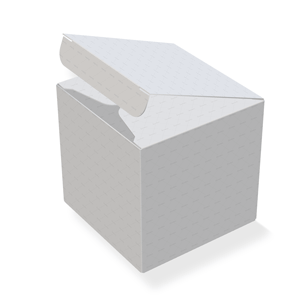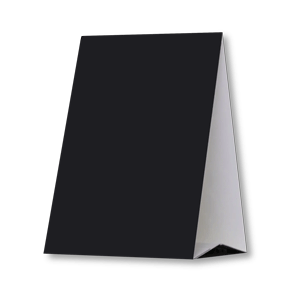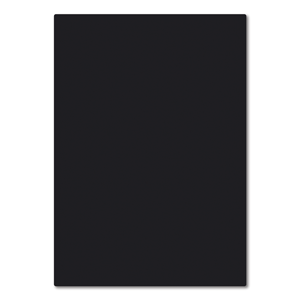Lenticular Printing
-bringing print to life with Motion & 3D effects
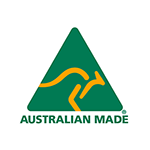
Think different
Print different
Lenticular Motion Print
Stand out from the crowd







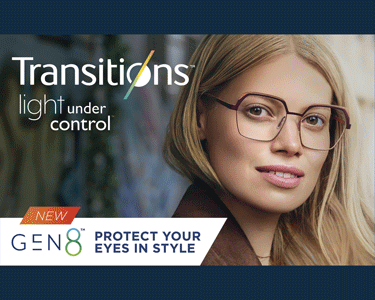

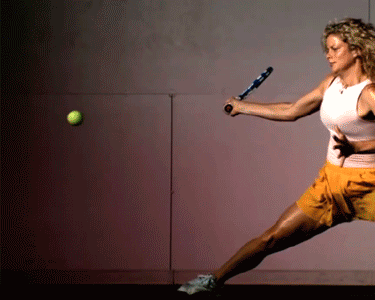
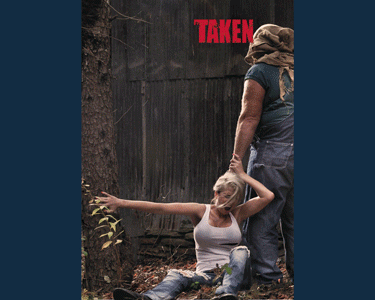
Our Service
Bart Kelsey specialises in custom made lenticular printing: Motion prints (Flip, Zoom, Morph, Video & Animation effects) and 3D (Depth) prints. Typical production caters for small sizes through to A2 posters using sheet fed UV offset lenticular printing. A screen printed opaque white on the backside completes single sided prints, whilst for two sided prints the backside white is over printed and varnished. Order quantities generally start around 100 units for posters and low 1,000’s for small sizes.
Why choose us?
- Bart Kelsey is the only manufacturer of this kind in Australia today. Where others offshore their lenticular printing, we proudly support Australian manufacturing and jobs. If you’re looking for the cheapest price, then we’re likely not the right fit. However, if you value peace of mind, the guaranteed use of premium quality lenticular sheets, inks and varnishes, then you’ve come to the right place. When it comes to lenticular printing, you really only get what you pay for.
- We bring your ideas to life with Motion and 3D lenticular special effects.
- We encourage creatives to exploit the power and impact of lenticular printing to engage, captivate, and entertain their audience.
- We invite you to use the power of lenticular printing to communicate your message in a novel way and stand out from the crowd.
- We’re here to deliver your vision.
- We can supply either the finished product, or provide other printing companies with the printed lenticular sheets, ready for them to perform their own finishing and converting steps.
Online pricing is accessible to registered wholesaler and retailer customers, either from the ‘PRICING’ or ‘SHOP NOW’ menus.
Frequently Asked Questions
Registered users are able to login and view products & prices assigned to their authorised user role. Click on ‘SHOP NOW’ in the menu bar, select a product and ‘Login to View’. If you have a special product, size or quantity not listed, then please contact us with your enquiry.
Click ‘here‘ should you require instructions on how to use the product price calculator.
Most lenticular prints from off shore will either have a paper, card, or synthetic paper backing. Paper and card will often bow the prints as moisture is absorbed over time. A synthetic paper avoids moisture absorption, but if it’s mounted under too much tension, then it will also bow the prints. Bowing can also impact the behaviour of the front side lenticular effect -test this yourself.
I avoid such problems altogether by manufacturing in Australia and screen printing a layer of opaque white ink instead. So, no moisture absorption and no film tension.
The litho (offset) lenticular sheets made in Asia are up to 30% cheaper than the premium USA and European extruded materials. However, even a trained eye won’t detect a difference between a blank pile of one and the other.
It’s how they perform on the printing press that the stark difference is revealed. The expensive sheets perform consistently from sheet to sheet, and pallet to pallet, which translates into consistent behaviour of the lenticular prints you receive. Unfortunately, the same cannot be said of the cheap material.
When all things are considered, buying the premium sheets is a no brainer. With the cheap sheets, once one factors in how many more overs have to be printed at a significant cost to achieve an acceptable standard, the time spent sorting the job to discard rejects, the faster depletion of stock, and the more frequent international shipping to restock, then it’s a bad choice for production and the environment.
With lenticular printing, the front side special effect is reverse printed on the clear lenticular stock with CMYK inks. The sheets are then put back through the printing press twice to print an all-over flood coat opaque white. However, the offset opaque white ink is actually quite translucent. It’s suitable for backlit prints (e.g. lightbox display) or concealing the adhesive when mounting to something white.
With most offshore production, you’ll generally find a white paper, card or film has been mounted on the backside over the two passes of offset white ink. However, this can introduce bowing (curvature) into the prints which may also interfere with the optics of how well the lenticular effect works.
Screen printing a pass of opaque white ink over the two passes of offset white ink, is my solution to achieving the boost in opacity without the associated risk of introducing bowing, and it avoids mixing different substrates should post use recycling be available.
Click ‘here’ to see a visual comparison between two passes of offset opaque white versus an additional pass of screen opaque white.
Die-cutting is essentially the same as using a single cookie cutter blade to stamp out the print shape. Prints are first cut down to individual rectangles or squares which includes an extra 3-5 mm all around. A handful at a time of these prints is loaded into the cutting machine, and a ram then pushes the stack through the stationary blade’s outline. The die cut prints then continue through the hollow interior of the blade’s outline, whilst the waste falls off the outside. Die-cutting provides a very clean, smooth cut, without nicks or ink chipping. The dies are expensive in comparison to the cost of a forme, but the cutting expense actually works out cheaper on large jobs. In fact, if we already have an existing die, then that’s a saving for you. Our maximum die-cut size is 250 x 230 mm.
Forme-cutting on the other hand cuts one or more prints from a single press sheet per impression. Steel rules which have a blade along the exposed edge are partly embedded into a plywood sheet in a configuration to cut a shape (or many shapes) from the press sheet. However, so as to avoid the cut prints dropping out of the sheet whilst still in the cutting machine, they’re held in situ by ‘tags’, and then must be stripped out from the sheet afterwards in a secondary process.
The main advantage of using a forme is that multiple tasks can be performed at the same time. These can be any combination of cutting, scoring, perforating, and punching of holes. The maximum size cut can also be up to 20-30 mm smaller than the press sheet size. Disadvantages are the potential for remnant bumps or ink chipping at the tag sites once stripped out.
Testimonials
Transitions Signature Gen 8 Lenses -A5 Lenticular Tent Card
Just received, thanks so much for all your assistance with this project.
Tony De Minico
ADM Defence Estate Base Services Summit -Lenticular Event Card
We really liked them. We received good feedback from punters at the event too.
Frank van Rensburg
Bolshoi Ballet -3D Lenticular TicketsThe tickets look fantastic. Very happy with them.
The tickets look fantastic. Very happy with them.
Judy Worsfold
Signia Xperience -Launch Pack Lenticular Cover
I viewed the Lenticular cards yesterday and they look fantastic.
Eoghan Townshend
Mobile Art Gallery -Trailer Lenticular Panels
The prints look AMAZING!!!
Emily Hill
ZOT Stickers
They arrived very promptly and look fantastic with the white backing and the adjustments you recommended -they are perfect.

